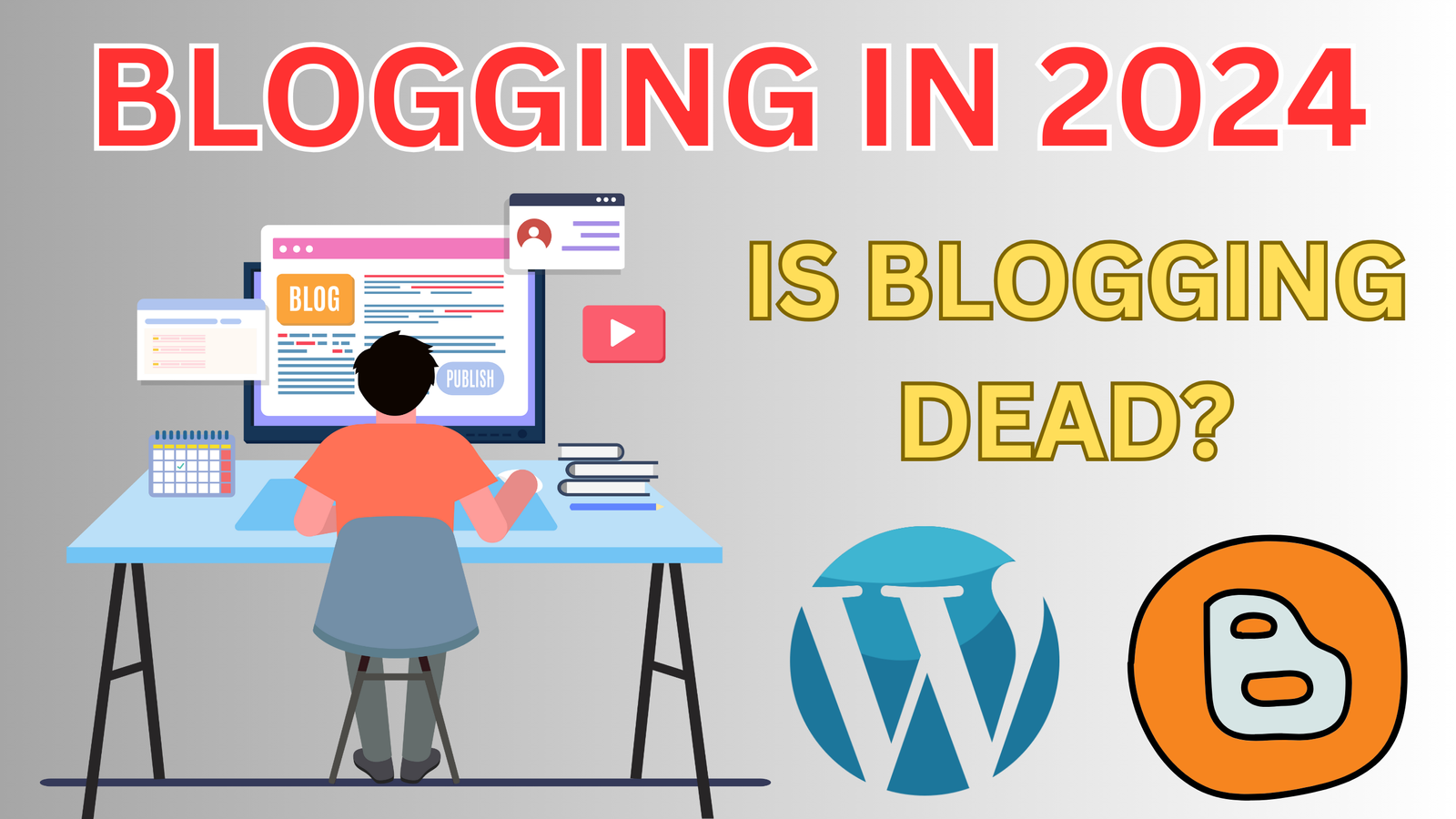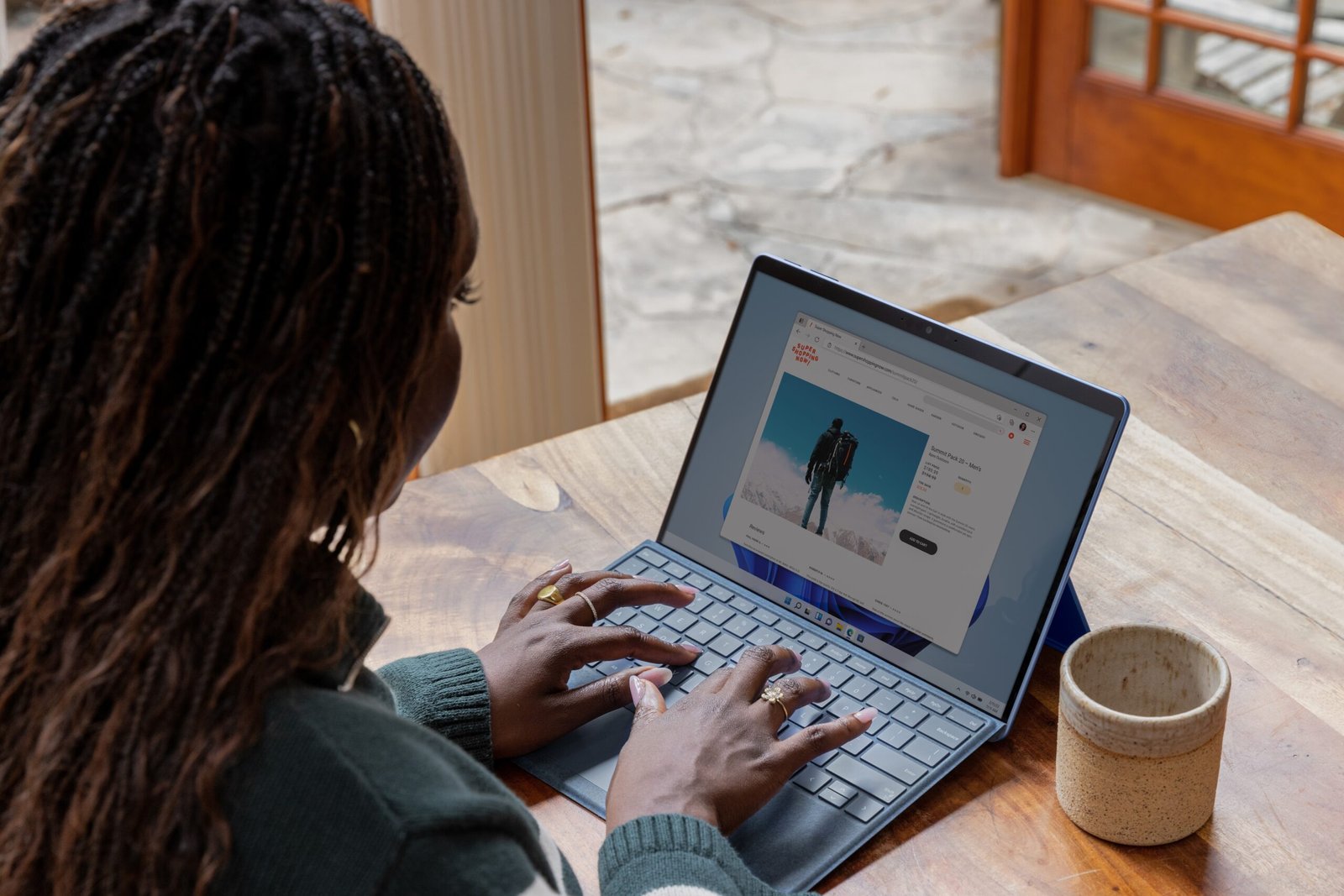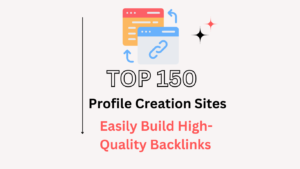Purchasing a laptop isn’t just about looking at the price tag or how sleek it looks. It’s a bit like buying a car. You wouldn’t just choose a car for its color right? You want to know what’s under the hood, how it performs, and whether it matches your lifestyle and needs. Same goes for laptops too. Let’s dive into details you need to consider when buying a laptop.
1. Processor & CPU Power
A crucial component that often gets overlooked by folks (guilty as charged) is the processor. Think of it as the brain of your laptop.
Understanding the Role of the Processor
The processor does the heavy lifting in terms of carrying out instructions and running applications on your laptop. It impacts how smoothly your applications run and how many you can run simultaneously without your machine going “Mate, you gotta slow down!”
We also have single-core and multi-core processors, much like a one-lane vs a three-lane highway. (Bet you didn’t think of traffic jams when buying a laptop earlier!) Multi-core processors can handle more information simultaneously, hence improving performance.
The processor’s speed also significantly affects performance. Faster it is, smoother the ride will be, but remember, there’s no need to speed if you’re just cruising around the block!
Intel vs AMD Processors
Ever caught in the crossfire of the Intel vs AMD debate? It’s sort of like the coffee vs tea debate for computer geeks (My loyalty lies with tea and AMD). As the two leading processor manufacturers, it’s natural to wonder which one comes out on top.
Intel processors are notorious for their superior performance in CPU-intensive tasks but AMD isn’t far behind. AMD chips, on the other hand, are wrestling Intel for the crown with their better price-to-performance ratio.
Make your choice based on your computing power needs, and of course, budget! You always have to be on the look for the best bang for your buck.
Demystifying CPU Terms
Enter the jargon jungle of CPU terms ‘clock speed’, ‘cores’, and ‘threads’. It sounds like a lot, but think of clock speed as the frequency of how fast your processor works, cores as the multi-lanes on a highway, and threads as the number of tasks each lane can handle. Higher values on these enhance your laptop’s performance.
Being aware of these terms helps you in making a wise laptop purchase because these aspects impact your laptop like the location impacts the property price. Always consider them!
2. RAM and Storage Options
RAM and storage are quite the unsung heroes of a laptop’s performance, much like the role of a bassist in a band. Sounds good when it’s there, but you instantly notice when it’s not.
Importance of RAM in a Laptop
RAM stands for Random Access Memory and it’s sort of the laptop’s short-term memory. It helps run multiple applications without slowing down the laptop. Higher the RAM size, smoother the multitasking can be.
For regular users, 8GB of RAM should hit the sweet spot, while heavy users may even go up to 64GB.
HDD vs SSD: Which One to Pick?
Imagine HDD (Hard Disk Drive) and SSD (Solid State Drive) as the library and the librarian of your laptop respectively. SSD, being the efficient and faster librarian, delivers the books (data) way quicker.
SSDs are faster, sturdier, and more energy-efficient but also more expensive than HDDs. Based on your needs, make your pick. If it were up to me, I’d pick SSDs purely because I hate waiting for data to load. Impatient, you say? I agree.
Storage Capacity: How Much is Enough?
Use storage capacity wisely. It’s like having a big dessert stomach. It’s great, but only if you’re gonna use it! Estimate your requirements – for instance, if you’re a movie junkie or a data hoarder, a larger storage capacity would be desirable.
If your laptop’s storage is running out, increase it by uninstalling the useless applications or invest in external storage options like hard disks or the cloud.
3. Graphics Card: Integrated vs Dedicated
I believe we can agree on The Beatles being great. Yet, even they had internal and external contributors to their success. Think of Integrated and Dedicated graphics cards as the George Harrison and Eric Clapton of your laptop!
Understanding Graphics Cards
The graphics card determines how good visuals will be on your laptop. Integrated graphics cards share resources with your laptop’s CPU and are sufficient for simple tasks like browsing the web or watching Netflix.
Dedicated graphics cards, on the other hand, possess their own resources, like the RAM, to perform tasks, and are required for graphic-intensive tasks or games – think Fortnite or Photoshop.
Advantages and Disadvantages of Integrated Graphics
Think of integrated graphics as the compact, economical city car. It’s great for basic use and very fuel-efficient! But ask it to tow a caravan (i.e., graphic-intensive tasks), and you’ll run into troubles.
When to Choose a Laptop with a Dedicated Graphics Card
Much like a powerful off-roader, a dedicated graphics card is king in the world of gaming, 3D modeling, or video editing. It’s like hiring a professional bodyguard to ensure your games and graphic applications run smoothly with no disturbances.
4. Display Quality and Screen Size
Choosing your laptop’s display quality and screen size is not far from choosing a TV. Bigger isn’t always better and quality matters!
Understanding Screen Resolution
Screen resolution is directly proportional to the crispness of your display. Terminologies like HD, Full HD, and 4K refer to the number of pixels crammed horizontally and vertically on the screen, much like the threads on your fancy linen.
Screen Size and Portability
Choosing the screen size often comes down to portability and personal preference. For instance, a 13-14 inch laptop could be a great choice for folks constantly on the go, whilst those who prefer bigger screens for a more immersive experience could opt for a 15.6 inch or bigger. You don’t want a TV when what you really need is a radio!
Other Display Features to Consider
Display technology, panel types, touchscreen, and screen type (matte or glossy) can greatly affect your laptop’s display and your viewing experience. It makes a visible difference (no pun intended).
5. Battery Life and Other Features
Battery life is to a laptop what stamina is to a marathon runner. And features like quality keyboards, trackpads, and various ports are like gourmet cooking ingredients. They make the experience complete.
Understanding Battery Life and its Importance
Battery life is much like how long you can party before you need a power nap. Depending on your laptop usage, you might want something that lasts longer.
Importance of Keyboard and Trackpad Quality
No one wants to feel like they’re typing on mashed potatoes. The keyboard and trackpad can affect your user experience significantly. It’s particularly crucial for gamers or professionals who rely heavily on their keyboards or trackpads.
Other Features: Ports, Camera, and Speakers
Smaller features such as ports (USB, HDMI), camera quality, and speakers can often be ejected seats in a sports car, overlooked but very useful in certain scenarios! Check for these depending on your needs.
Conclusion: Making an Informed Decision
When buying a laptop, don’t be swayed purely by the brand or price. Remember the Beatles and their band, the traffic jams, the storyteller librarians, and the marathon runner! Yes, folks, that’s how we covered the Processor, RAM, Storage, Graphics Card, and Battery Life.
Stay curious and be mindful of these specs before making your final decision. That’s the secret recipe for laptop shopping!
FAQs
One last thing before we wrap it up! Let’s debunk a few myths and misconceptions about laptops for our grand finale, shall we?
Don’t worry about getting caught up in tech jargon and overwhelming specification lists. Take a breath, grab a cuppa (mine’s tea, remember?) and keep these laptop spec insights in your arsenal. Happy laptop hunting!

























